Louis Figuier - The Human Race
Здесь есть возможность читать онлайн «Louis Figuier - The Human Race» — ознакомительный отрывок электронной книги совершенно бесплатно, а после прочтения отрывка купить полную версию. В некоторых случаях можно слушать аудио, скачать через торрент в формате fb2 и присутствует краткое содержание. Жанр: История, foreign_antique, foreign_prose, на английском языке. Описание произведения, (предисловие) а так же отзывы посетителей доступны на портале библиотеки ЛибКат.
- Название:The Human Race
- Автор:
- Жанр:
- Год:неизвестен
- ISBN:нет данных
- Рейтинг книги:3 / 5. Голосов: 1
-
Избранное:Добавить в избранное
- Отзывы:
-
Ваша оценка:
- 60
- 1
- 2
- 3
- 4
- 5
The Human Race: краткое содержание, описание и аннотация
Предлагаем к чтению аннотацию, описание, краткое содержание или предисловие (зависит от того, что написал сам автор книги «The Human Race»). Если вы не нашли необходимую информацию о книге — напишите в комментариях, мы постараемся отыскать её.
The Human Race — читать онлайн ознакомительный отрывок
Ниже представлен текст книги, разбитый по страницам. Система сохранения места последней прочитанной страницы, позволяет с удобством читать онлайн бесплатно книгу «The Human Race», без необходимости каждый раз заново искать на чём Вы остановились. Поставьте закладку, и сможете в любой момент перейти на страницу, на которой закончили чтение.
Интервал:
Закладка:
In “Primitive Man” we have given the history of the first steps of humanity.
We have traced the origin and progress of civilization, from the moment when man was cast, feeble, wretched and naked, in the midst of a hostile and savage brute population, to the day when his power, resting upon a firm basis, changed little by little the face of the inhabited earth.
We shall not refer to this at greater length, since in “Primitive Man” we have treated it fully, and in unison with the actual discoveries of science. But there is a very different problem to the solution of which we shall apply ourselves in the following pages. Did man see the light at any one spot of the earth, and at that alone, and is it possible to indicate the region which was, so to say, the cradle of humanity? Or, are we to believe that, in the first instance, man appeared in several places at the same time? That he was created and has always remained in the very localities he now inhabits? That the Negro was born in the burning regions of Central Africa, the Laplander or the Mongolian in the cold regions to which he is now confined?
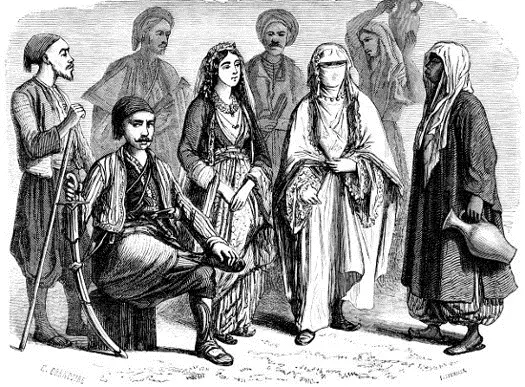
1. – MEN AND WOMEN OF ANATOLIA.
To this question a satisfactory reply can be given by reference to facts furnished by natural history. But in seeking a triumph for our opinion we shall have to combat the arguments of a hostile doctrine. As we said in the early part of this Introduction, we must ever be prepared to encounter difficulties, to dissipate uncertainties, and to vie with other theories in each point of the history of humanity which we may seek to fathom.
There is a school of philosophers who assert that man was manifold in his creation, that each type of humanity originated in the region to which it is now attached, and that it was not emigration followed by the action of climate, circumstances, and customs which gave birth to the different races of man.
This opinion has been upheld in a work by M. Georges Pouchet, son of the well-known naturalist of Rouen. But, one has only to read his essay upon la pluralité des races humaines , to be convinced that the author, like others of his school, as ardent in demolition as powerless in construction, having chosen to act the easy part of a critic, exhibits unprecedented weakness when called upon to supply a system in the place of that he contradicts.
If there existed several centres of human creation, they should be indicated, and it should be shown that the men who dwell there now-a-days have never been connected with other populations. M. Georges Pouchet preserves prudent silence upon this question; he avoids defining the locus of any one of these supposed multiple creations. Such a faulty argument speaks volumes for the doctrine.
We, on our part, think that man had on the globe one centre of creation, that, fixed in the first instance in a particular region, he has radiated in every direction from that point, and by his wanderings coupled with the rapid multiplication of his descendants, he has ultimately peopled all the inhabitable regions of the earth.
In order to demonstrate the truth of this proposition, we will examine what takes place in connection with other organized beings, that is to say, with animals and plants, and then apply this class of facts to man: this is observation and induction, the only logical process to which we can here resort.
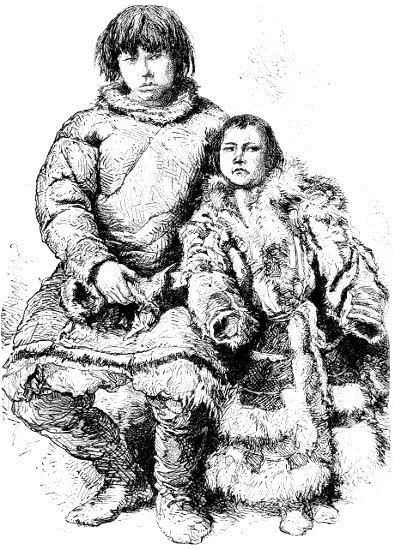
2. – SAMOIEDES OF THE NORTH CAPE.
And what do botanical and zoological geography teach? They show us that plants and animals have each their native locality, from which they but seldom depart, and that it would be impossible to cite any plant or animal which lives indifferently in all countries of the globe, without having been transported thither by human industry. The earth is, so to speak, divided into a certain number of zones, which have their particular vegetable and animal life. These are so many natural provinces, all of small extent, which represent veritable centres of creation. The cedar, peculiar to the mountains of Lebanon, existed in this region alone before it was transported to other climates; and the coffee-plant had grown only in Arabia, before it was acclimatized in South America. We could quote the names of many vegetables whose natural abode is very sharply defined, but these instances are sufficient to exemplify the general rule of which we treat.
We need hardly say that animals, like plants, are attached to various localities which they rarely quit with impunity, since they have not the faculty of acclimatizing themselves at will. The elephant lives only in India and in certain parts of Africa; the hippopotamus and giraffe in other countries of the same continent; monkeys exist in very few portions of the globe, and if we consider their different species, we shall find that the place of abode of each species is very limited. For instance, of the larger apes, the orang-outang is found only in Borneo and Sumatra, and the gorilla in a small corner of Western Africa. Had man originated in all those places where now his different races are found, he would stand alone as an exception among organized beings.
Reasoning then by induction, that is, applying to man all that we observe to obtain generally among beings living on the surface of the globe, we come to the conclusion that the human species, in common with every vegetable or animal species, had but one centre of creation.
Can we now extend our investigation and determine the particular spot of the earth whence man first came? It is probable that man first saw the day on the plains of Central Asia, and that it was from this point that by degrees he spread over the whole earth. We shall proceed to state the facts which support this opinion.
Around the central tableland of Asia, are found the three organic and fundamental types of man, that is to say, the white, the yellow, and the black. The black type has been somewhat scattered, although it is still found in the south of Japan, in the Malay Peninsula, in the Andaman Isles, and in the Philippines, at Formosa. The yellow type forms a large portion of the actual population of Asia, and it is well-known whence came those white hordes that invaded Europe at times prehistoric and in more recent ages; those conquerors belonged to the Aryan or Persian race, and they came from Central Asia. We shall see later on, that the different languages of the globe resolve themselves into three fundamental forms: monosyllabic languages, in which each word contains but one syllable; agglutinative languages, in which the words are connected; and inflected languages, which are the same as those spoken in Europe. Now, those three general forms of language are, at the present day, to be met with around the central tableland of Asia. The monosyllabic language is spoken throughout China and in the different states connected with that empire. The agglutinative languages are spoken to the north of this plain, and extend as far as Europe. And, lastly, inflected languages are found in all that portion of Asia which is occupied by the white race.
Around the central tableland of Asia, we thus find not only the three fundamental types of the human species, but the three types of human speech. Does not this, therefore, afford ground for presumption, if not actual proof, that man first appeared in this very region which Scripture assigns as the birthplace of the human race?
It is from this central tableland of Asia, radiating so to say, around this point of origin, that Man has progressively occupied every part of the earth.
Читать дальшеИнтервал:
Закладка:
Похожие книги на «The Human Race»
Представляем Вашему вниманию похожие книги на «The Human Race» списком для выбора. Мы отобрали схожую по названию и смыслу литературу в надежде предоставить читателям больше вариантов отыскать новые, интересные, ещё непрочитанные произведения.
Обсуждение, отзывы о книге «The Human Race» и просто собственные мнения читателей. Оставьте ваши комментарии, напишите, что Вы думаете о произведении, его смысле или главных героях. Укажите что конкретно понравилось, а что нет, и почему Вы так считаете.
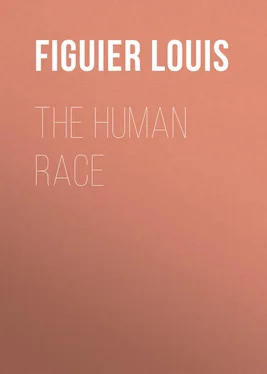

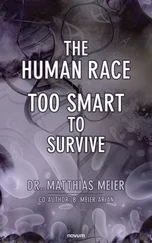
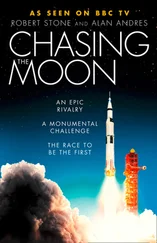
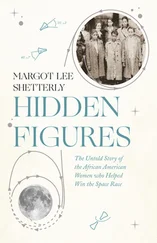





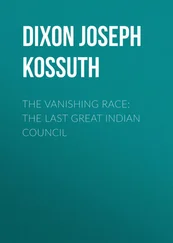
![Anne Blunt - A Pilgrimage to Nejd, the Cradle of the Arab Race. Vol. 1 [of 2]](/books/749489/anne-blunt-a-pilgrimage-to-nejd-the-cradle-of-the-thumb.webp)
